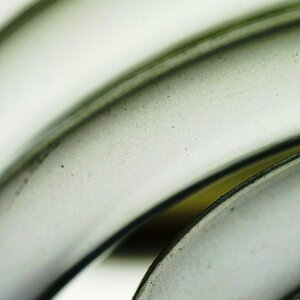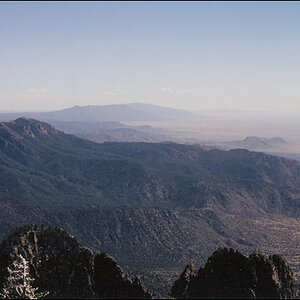unpopular
Been spending a lot of time on here!
Doing some research on a couple lenses I just purchased I've found that the 100-300 4.5-5.6 came in two varieties, the later APO version and the older "non-APO" version.
The earlier lens is extremely inexpensive, while the APO is moderately more costly. I'm getting the non-APO version.
The non-APO version is often listed as 11 elements in 9 groups, while the APO-version is listed as 11 elements in 10 groups however, the two lenses look very similar and the schematics are identical. I haven't been able to confirm this disparity as the APO manual does not seem to be online, so it may very well be just something that's been regurgitated from source to source.
Given the identical construction, even down to the weird rectangular "hood" on the rear element, is it possible that these two lenses are, in fact, identical? Did minolta just brand this lens as APO. As far as I can tell "Apochromatic" in itself doesn't actually have any objective definition beyond "good at chromatic aberation and stuff".
And if not, what might be different? The APO version does get better reviews, though that gold "Minolta APO" badge and shiny finish might have something to do with that (and I gotta admit, it does look sexy). Maybe better coatings, or low dispersion glass, perhaps some minor optimization that can't be seen in the diagrams? Maybe the mysterious 10th group? Or is it more likely that the lens was always "apochromatic" but they just didn't know it until the mid 1990s when they started attaching abbreviations on lenses?
Any thoughts?
The earlier lens is extremely inexpensive, while the APO is moderately more costly. I'm getting the non-APO version.
The non-APO version is often listed as 11 elements in 9 groups, while the APO-version is listed as 11 elements in 10 groups however, the two lenses look very similar and the schematics are identical. I haven't been able to confirm this disparity as the APO manual does not seem to be online, so it may very well be just something that's been regurgitated from source to source.
Given the identical construction, even down to the weird rectangular "hood" on the rear element, is it possible that these two lenses are, in fact, identical? Did minolta just brand this lens as APO. As far as I can tell "Apochromatic" in itself doesn't actually have any objective definition beyond "good at chromatic aberation and stuff".
And if not, what might be different? The APO version does get better reviews, though that gold "Minolta APO" badge and shiny finish might have something to do with that (and I gotta admit, it does look sexy). Maybe better coatings, or low dispersion glass, perhaps some minor optimization that can't be seen in the diagrams? Maybe the mysterious 10th group? Or is it more likely that the lens was always "apochromatic" but they just didn't know it until the mid 1990s when they started attaching abbreviations on lenses?
Any thoughts?
Last edited:


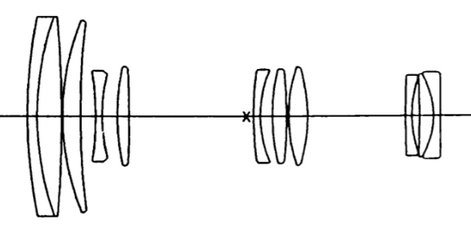
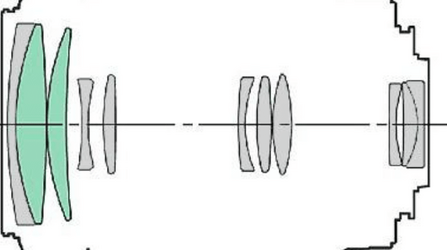
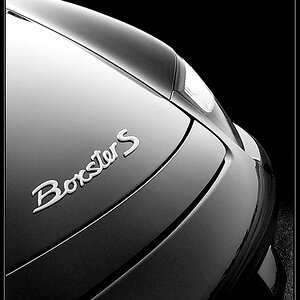
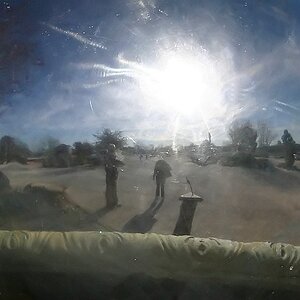

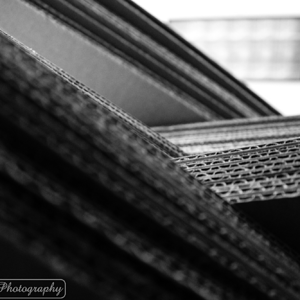

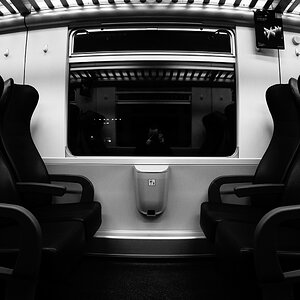


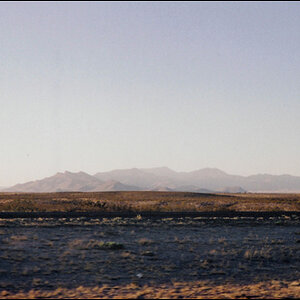
![[No title]](/data/xfmg/thumbnail/37/37634-504722605a418b398f3cd1dbabf936e5.jpg?1619738156)
